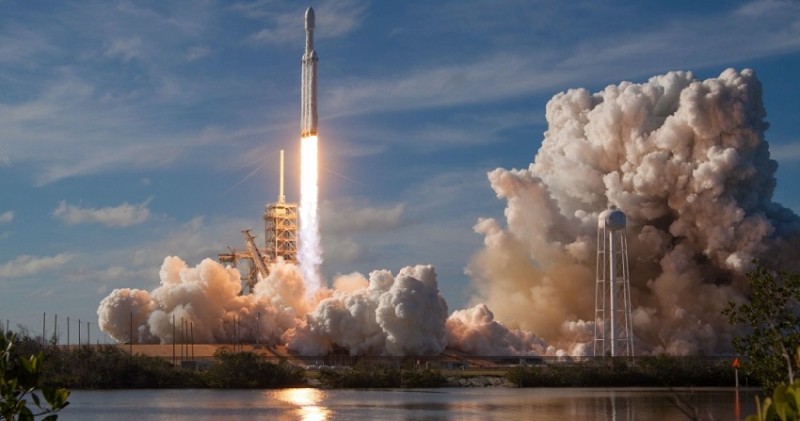
As Prime Minister Narendra Modi begins his third term, India is embarking on an ambitious set of space missions that promise to push the country's capabilities to new heights. These missions not only aim to expand our understanding of the universe but also to enhance India's stature as a global space leader. Here are nine major space missions planned under Modi 3.0:
1. Chandrayaan-4
Scheduled for 2028, Chandrayaan-4 is set to be India's first lunar sample return mission. This mission aims to land on the moon, collect samples, and bring them back to Earth for detailed analysis. It will build upon the success of previous lunar missions, furthering our knowledge of the moon's composition and history.
2. Mars Lander Mission
India plans to advance its Martian exploration with a dedicated Mars Lander Mission. Following the success of the Mars Orbiter Mission (Mangalyaan), this mission aims to land on Mars, conduct surface operations, and gather scientific data about the Martian environment. This could pave the way for future human missions to the Red Planet.
3. Venus Mission (Shukrayaan-1)
Scheduled for 2025, Shukrayaan-1 is India's first mission to Venus. It will orbit the planet and study its atmosphere and surface, providing insights into its climatic and geological processes. This mission is expected to shed light on Venus's extreme environment and its potential similarities to early Earth.
4. Mangalyaan-2
Following the success of Mangalyaan-1, Mangalyaan-2 is slated for launch in 2026. This mission will further explore Mars, focusing on advanced scientific objectives such as studying the planet's surface and atmosphere, and searching for signs of past life.
5. NISAR Mission
In collaboration with NASA, the NISAR mission is set for launch in 2024. This joint mission aims to study Earth's ecosystems, ice masses, and natural hazards using advanced radar technology. NISAR will provide critical data for understanding climate change and improving disaster management.
6. Participation in NASA’s Artemis Missions
India will collaborate with NASA on its Artemis missions, which aim to return humans to the moon and establish a sustainable lunar presence. This partnership will involve contributions to lunar exploration technologies and joint scientific research, bolstering international space cooperation.
7. Next-Generation Launch Vehicles
ISRO is developing next-generation launch vehicles and new launch pads to support its ambitious future missions. These advancements will increase India's capability to deploy heavier payloads into orbit and conduct more frequent launches, driving the nation's space program forward.
8. Bharatiya Antariksha Station
India plans to develop its own space station, the Bharatiya Antariksha Station, by 2035. This space station will serve as a hub for scientific research, technology development, and international collaboration, marking a major milestone in India's space journey.
9. Human Moon Mission
India aims to send an astronaut to the moon by 2040, marking its entry into human space exploration. This mission will involve extensive planning, development of new space technologies, and rigorous astronaut training programs.
Boosting the Private Sector
Under Modi's government, India continues to support and enable the growth of its private space sector. Initiatives include opening up the sector for Foreign Direct Investment (FDI) and fostering public-private partnerships. These efforts are aimed at driving innovation, increasing competition, and accelerating the growth of India's space industry.
These nine missions underscore India's bold and expansive vision for its space program under Modi 3.0, signaling its emergence as a formidable player in the global space arena.
NASA Captures 'Suspicious' Redbelly Turtle at Kennedy Space Center
Historic Docking: Sunita Williams Pilots Boeing Starliner to ISS
Boeing Successfully Launches NASA Astronauts After Multiple Delays